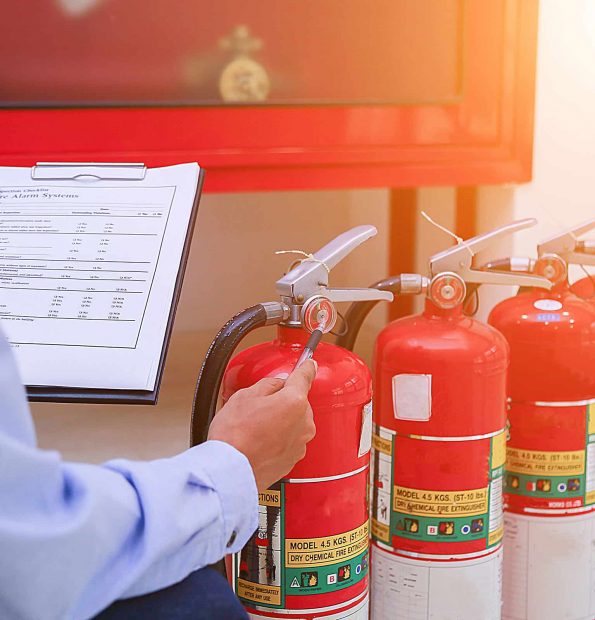Fire safety in Sydney is not simply the matter of ticking the boxes for compliance. At the core of the system lies the Annual Fire Safety Statement (AFSS) it is a statement that not only satisfies legal requirements but also demonstrates an owner’s commitment to security and accountability. When combined with a Fire Safety Certificate, it is the base of an organized framework that keeps occupants safe, insurers reassured and councils confident in the safety of the city’s buildings.
Why is there an Annual Fire Safety Statement
The requirement to have an annual Fire Safety Statement Sydney was not designed as a paper exercise. It was created to ensure that fire protection systems regardless of how good they are designed, can only function when they are tested, maintained, and certified on a regular basis. A sprinkler installed ten years ago may look fine, but without inspection there’s no guarantee that it will work in an emergency.

The AFSS demands that owners prove at least once every 12 months, that all fire safety measures within their home, from alarms and hydrants all the way to exit lighting–can still perform to the standards initially set in the Building Code of Australia (BCA). It is not just an inspection. It is an open declaration that lives are safe and that the structure can stand up to a major incident.
What’s the main difference between AFSS and Fire Safety Certificates?
Many owners confuse the annual report with the Fire Safety Certificate, but their functions differ. The certificate is given once the installation has been completed or major improvements are completed. The certificate confirms the new measures are in line with the regulations before a property or tenancy agreement is signed. The AFSS however, on the other however, will be issued later. It’s a routine job that guarantees that the systems are in compliance with the requirements every year.
Together, they form a cycle of protection: certificates confirm that the safety systems were installed correctly while annual statements verify that the safety systems are maintained for the life of the structure. Failure to complete either of these steps weakens the entire chain of protection.
The Responsibilities owed to Building Owners
The AFSS in New South Wales has a unique characteristic: it places all responsibility for the process on the property owner. The AFSS does not include a list of defects that can be classified, unlike other forms where they can be classified as either serious or minor. If any one of the measures fails then the entire document cannot be validly issued.
The owners have to take the initiative. To meet deadlines, they must schedule inspections, engage accredited professionals, schedule repairs, and provide documents to the council. This includes coordination between the tenants, contractors, and insurance companies for commercial landlords as well as strata comittees. Even though it is a challenge, the structure was designed to guarantee that security will never be affected.
The Impact of the Broader AFSS in Sydney
The AFSS isn’t only regarding legal compliance. It also has wider implications. When deciding to rent space, tenants often ask about the current safety statement of the building. Insurance companies often require copies prior to deciding their insurance coverage. A current Annual fire safety statement can therefore impact the value of a building tenants’ confidence in the building and even insurance premiums.
For councils, it provides security that ensures that all buildings throughout Sydney are monitored regularly. Fire authorities will be able reduce risks by ensuring that the systems operate in actual emergencies. The AFSS does more than just guard particular buildings, it also helps to make a city more secure.
Conclusion: AFSS is a Standard of Trust
The annual statement on fire safety Sydney obligation may seem as a bureaucratic obstacle However, in reality it’s a mark of trust. It shows that fire safety measures are not just left to chance. It also demonstrates that the apparatus is reliable and that building owners take responsibility for their residents their well-being. This certificate when coupled with a Fire Safety Certificate completes the method of verifying the use of safety measures and their continued performance.
For property owners, the lesson is clear: the AFSS is more than an annual deadline. It is a commitment to security, accountability and community confidence. The AFSS is essential in Sydney’s rapidly expanding urban landscape, where thousands of residents rely on safe and secure buildings.
